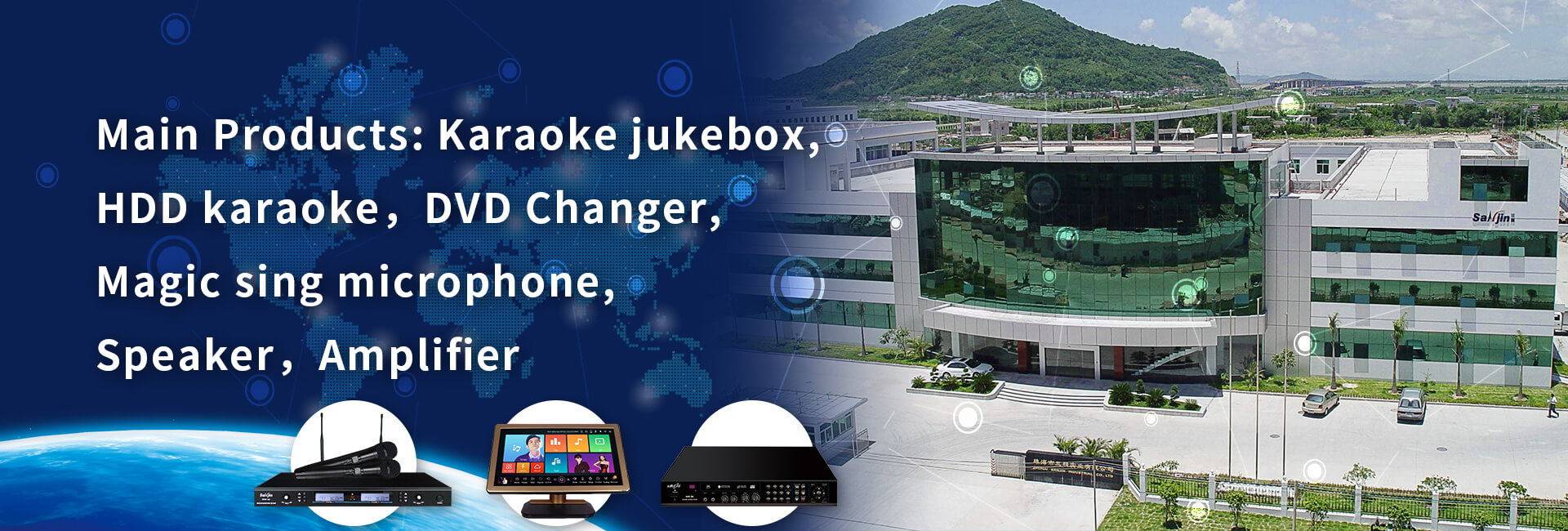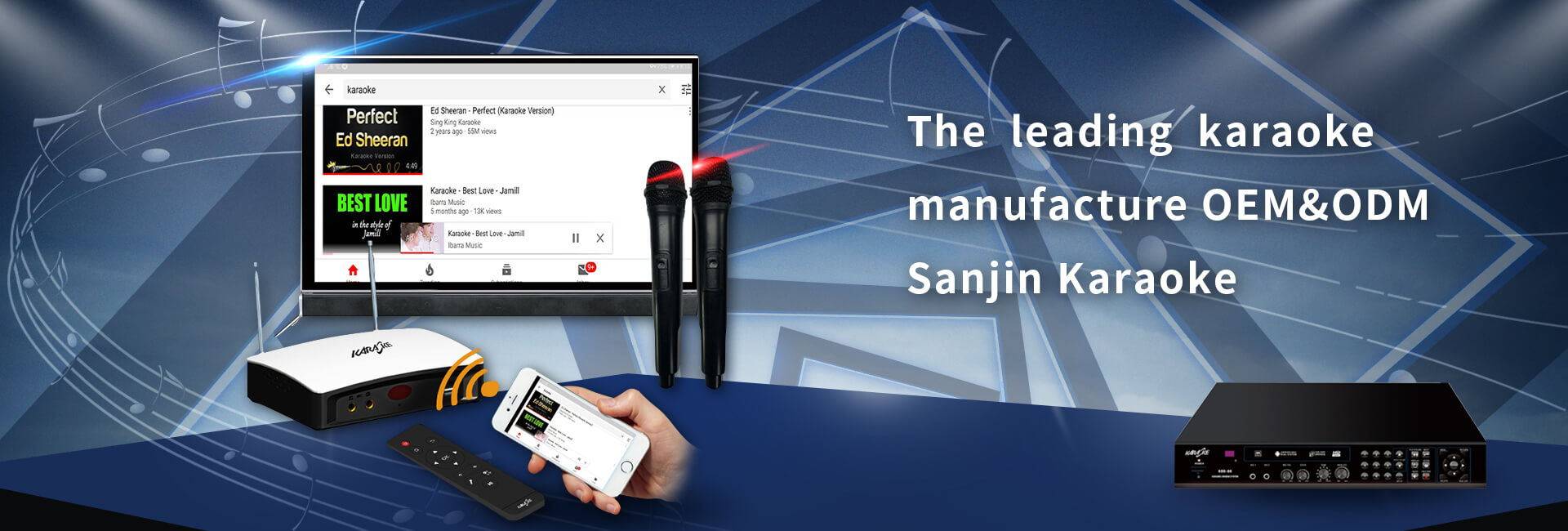Loudspeakers are commonly known as horns. Simply put, they are electro-acoustic devices that can convert electrical signals into sound. They are important equipment in audio systems. As one of the electroacoustic transducers that convert electrical energy into sound energy, the quality and characteristics of the speaker play a decisive role in the sound quality of the entire sound system. Due to the use of different materials, technologies and working principles, speakers can be divided into many types. Common ones include electrodynamic speakers, magnetic speakers, ion speakers, and electrostatic speakers. Electric speaker This type of speaker is the most widely used, and it is divided into three types: cone type, horn type and dome type. Simple structure diagram of electrodynamic speaker Cone speaker, also known as moving coil speaker. It consists of three parts: ① Vibration system, including cone-shaped paper cone, voice coil and centering piece, etc.; ②Magnetic circuit system, including permanent magnet, magnetic conductive plate and field core column, etc.; ③Auxiliary system, including basin frame, wiring board, pressing edge and dust cover, etc. When an audio current flows through the voice coil in a magnetic field, a magnetic field that changes with the audio current is generated. This magnetic field interacts with the magnetic field of the permanent magnet, causing the voice coil to vibrate along the axial direction to produce sound. The speaker has simple structure, full bass, soft sound quality, wide frequency band, but low efficiency. Cone speaker The horn loudspeaker consists of two parts: a vibration system (a tweeter) and a horn. The vibration system is similar to the cone speaker, the difference is that the diaphragm is not a cone, but a dome-shaped diaphragm. The vibration of the diaphragm radiates sound waves into the air through the horn (after two reflections). The horn loudspeaker has the advantages of strong directionality, high power, and high efficiency, so it is widely used in venues, fields, and vast fields. Professional high-frequency horn speakers have the characteristics of good sound quality and good frequency response, and are mainly used in theaters and other demanding occasions. The shortcomings of horn speakers are poor low-frequency response, narrow frequency bands, and prone to non-linear distortion. The main difference between a horn speaker and a cone speaker is indirect radiation, that is, after the vibrating membrane vibrates, the sound diffuses outward through the horn, which greatly enhances the sound, and causes the sound to be concentrated in one direction, so that the sound propagation distance is longer. far. The dome-shaped speaker is one of the most widely used electrodynamic speakers in current speakers. Its greatest advantage is its excellent mid-to-high frequency response and wide directivity. In addition, it also has the advantages of good transient characteristics, low distortion and better sound quality. Dome speakers are suitable for all home theater series speakers currently on the market. Magnetic speaker (reed speaker) Magnetic speakers are also called “reed speakers”. In the magnetic speaker structure, there is an electromagnet with a movable iron core between the two poles of the permanent magnet. When there is no current in the coil of the electromagnet, the movable iron core is attracted by the attraction of the two magnetic poles of the permanent magnet and remains stationary in the center; When current flows through the coil, the movable iron core is magnetized and becomes a bar magnet. As the direction of the current changes, the polarity of the bar magnet changes accordingly, causing the movable iron core to rotate around the fulcrum, and the vibration of the movable iron core is transmitted from the cantilever to the diaphragm (paper cone) to promote air thermal vibration. Ion speaker Under normal conditions, air molecules are neutral and uncharged. But after high-voltage discharge, they become charged particles. This phenomenon is called ionization. The ionized air is vibrated by audio voltage to generate sound waves, which is the principle of ion speakers. For ionization, a high-frequency voltage of 20MHz is added, and the audio signal voltage is superimposed on it. The ion speaker is composed of a high-frequency oscillation part, an audio signal modulation part, a discharge cavity and a horn. The discharge chamber uses a quartz rod with a diameter of 8mm in the center to open a hole to form a quartz tube, insert one electrode into it, and the other electrode is cylindrically sleeved outside the quartz tube. Due to the silent discharge form, only the center needle electrode has Wear and tear, the center electrode can be replaced regularly. The difference between ion speakers and other speakers is that there is no diaphragm, so the transient characteristics and high-frequency characteristics are very good, but the structure is very complicated. Ultrasonic speaker Ultrasonic speaker is an ultrasonic sound reproduction technology that has just been successfully developed in recent years and is entering the practical stage. The principle of this ultrasonic sound reproduction technology: It does not use any traditional form of speaker unit, but uses an ultrasonic generator to generate two specially processed ultrasonic beams. When these two beams act on the tympanic membrane of the human ear at the same time, it Can produce hearing due to interaction. Usually, when only one beam acts on the tympanic membrane, no sound can be heard. Due to the strong and controllable directivity of the ultrasonic velocity, the intersection of the two beams can form a small reverberation area. When the human ear is in this area, the sound can be heard, and once the human ear You can’t hear it when you leave the area. Taking advantage of this feature, some of the current top luxury cars have begun to equip multiple sets of this ultrasonic sound reproduction system, forming a listening area on each seat, so that each passenger can choose what they like to enjoy, and each other will not It will cause any interference without affecting the conversation between passengers. Electrostatic speaker (capacitor speaker) An electrostatic speaker is a speaker that uses the electrostatic force applied to the plate of a capacitor to work. In terms of its structure, the positive and negative poles face each other to form a capacitor shape, so it is also called a capacitive speaker. It has two thick and hard materials as fixed pole plates, which can transmit sound, and the middle pole plate uses a thin and light material as the diaphragm (such as aluminum film). Fix and tighten the periphery of the diaphragm to keep a considerable distance from the fixed pole. Even on the large diaphragm, it will not collide with the fixed pole. The original DC voltage (called the bias voltage) between the two electrodes of the electrostatic speaker. If the audio voltage output by the amplifier is added between the two electrodes, it overlaps with the original output voltage to form an alternating pulsating voltage. This pulsating voltage is produced by the change in the attractive force of the gap between the two electrodes, and the diaphragm vibrates and produces sound. The advantage of the electrostatic speaker is that the entire diaphragm vibrates in phase, the diaphragm is light, the distortion is small, and it can reproduce extremely crisp sound, with good resolution, clear details, and realistic sound. Its shortcomings are low efficiency, need high-voltage DC power supply, easy to vacuum, increase the distortion of the diaphragm, and it is not suitable for listening to rock and heavy metal music, and the price is relatively expensive. Airflow modulation speaker (airflow speaker) Airflow modulation speaker is a speaker that uses compressed air as energy source and uses audio current to modulate airflow to produce sound. It is composed of air chamber, modulation valve, horn and magnetic circuit. The compressed air flow passes through the valve from the air chamber and is modulated by the external audio signal, so that the fluctuation of the air flow changes according to the external audio signal. At the same time, the modulated air flow is coupled through the horn to improve the efficiency of the system. Generally, it is mainly used as a sound source for high-intensity noise environmental testing or long-distance broadcasting. Schematic diagram of airflow speaker Piezo speakers A speaker that uses the inverse piezoelectric effect of piezoelectric materials to work is called a piezoelectric speaker. Dielectrics (such as quartz, potassium sodium tartrate and other crystals) are polarized under pressure, causing a potential difference between the two ends of the surface. We call this the “piezoelectric effect”. Its inverse effect, that is, the elastic deformation of the dielectric medium placed in the electric field, is called the “reverse piezoelectric effect” or “electrostriction”. Compared with electrodynamic speakers, piezoelectric speakers do not require a magnetic circuit, and do not require a bias voltage compared with electrostatic speakers. They have a simple structure and a low price. The disadvantages are large distortion and unstable operation. At present, piezoelectric speakers are mostly piezoelectric ceramic speakers. Conclusion: The above classification is mainly based on the principle of vocalization. The loudspeaker can also be divided according to the shape of the diaphragm, mainly cone, flat, dome, ribbon, thin, etc.; according to the sound frequency, it can be divided into woofer, midrange, tweeter, and full-band speaker Wait.
Post time: Apr-12-2021





